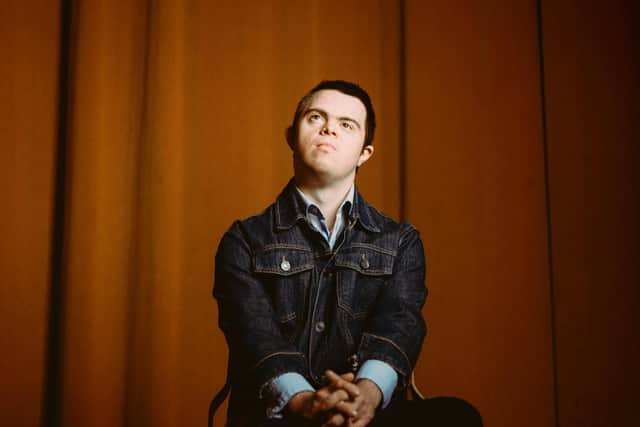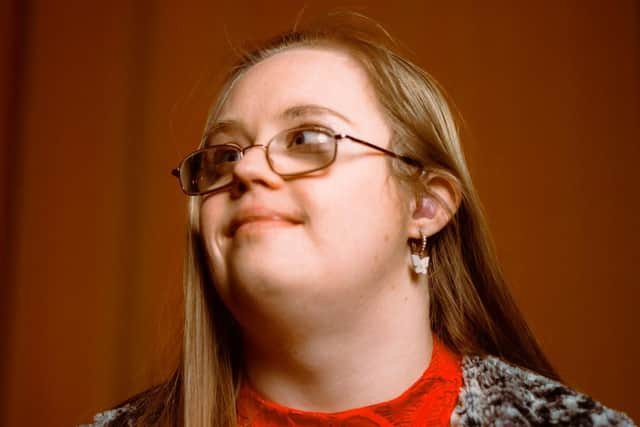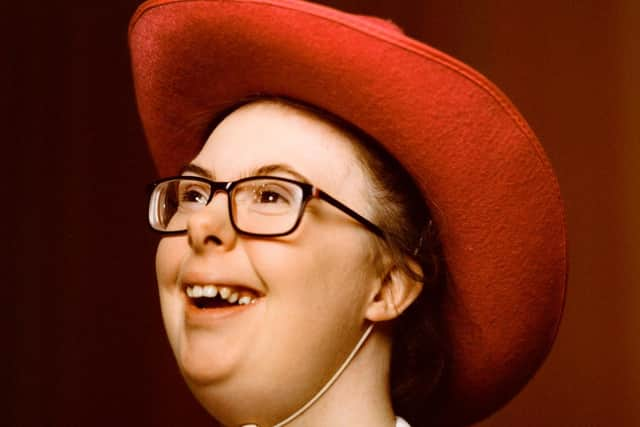Northampton dance school students feature in new photo exhibition to break down stereotypes associated with disabilities
and live on Freeview channel 276
A group of Northampton dance students are featured in a new photo exhibition with the aim to break down stereotypes associated with disabilities.
Born to Perform Dance School, which specialises in sessions for disabled adults and children, has been selected to be part of a photographic exhibition of portraits taken by photographer Rory Langdon-Down.
Advertisement
Hide AdAdvertisement
Hide AdThe photographer who snapped eight of the dance school's students is the great-great-grandson of Dr John Langdon Down, known as ‘The Father of Down’s syndrome’.


The hope and expectation is that the photos will help to break down barriers and stereotypes associated with disabilities and special educational needs and instead celebrate people with Down’s syndrome.
Clemmie Milnes, director of Born to Perform, said: “The portrait project is a profound and moving way for us to honour World Down Syndrome Day.
“Rory is an old friend of mine and was the perfect person to ask due to the incredible history of his great-great-grandfather and ultimately his passion for Down’s syndrome awareness.
Advertisement
Hide AdAdvertisement
Hide Ad“The essence of Rory following in his footsteps of recreating John Langdon Down's inspired portraits has been such a pleasure to produce and we cannot wait to see what the future holds for further projects in breaking down barriers and stereotypes for people with learning disabilities.”


Dr John Langdon Down was a Victorian physician and mental health pioneer known for his work with the genetic condition known as Down’s syndrome, which he classified in 1862.
After working as medical superintendent at The Royal Earlswood hospital, which was the first establishment to cater for people with developmental disabilities, Down set up his own private home for people with developmental and intellectual disabilities in Normansfield, near Teddington, which cared for and educated people who would otherwise in those times have been condemned to life in an asylum.
He used photography in his work as a way to understand and study the condition of Down’s syndrome, as well as capturing the images of those under his care as they wished to be seen by society.
Advertisement
Hide AdAdvertisement
Hide AdHis great-great-grandson Rory Langdon-Down is now following in his footsteps and replicating his work by collaborating with the students and teachers at Born to Perform.


Rory added: “I had always been hesitant to combine my work with Down’s syndrome, despite being very proud of my family heritage, as I didn't want it to feel gratuitous in any way.
“Working closely with Clemmie and Born to Perform and the incredible students felt completely right and a good time to combine my work with my family history.”
The portraits are to be exhibited at The Langdon Down Museum of Learning Disability in Teddington, south-west London, on March 24, April 23, July 2 and September 3, 2022 following World Down’s syndrome Day on Monday (March 21).